Next-generation distress beacons: the shift you shouldn’t miss
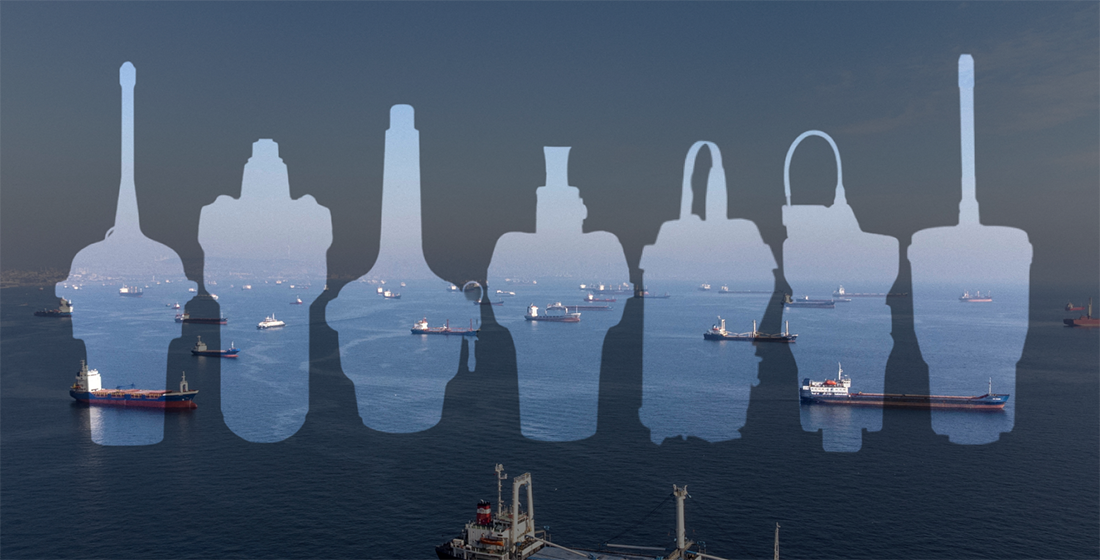
The technology behind maritime distress alerting has advanced remarkably — from simple analog tones to satellite-connected devices capable of pinpointing emergencies within minutes.
Today, another transformation is underway: the development of Second-Generation Beacons (SGBs), designed specifically for the MEOSAR system.
For marine radio inspectors and surveyors, understanding this shift is not just interesting — it’s essential for staying compliant and future-ready.
Here’s how distress alerting evolved, and why it matters for the future of GMDSS inspections.
From analog signals to the satellite era
Before the advent of satellite systems, emergency beacons transmitted continuous analog tones on 121.5 MHz or 243 MHz. These simple signals carried no identification or position data, and detection depended entirely on nearby ships or aircraft within line-of-sight range — a slow and unreliable process.
The launch of the Cospas-Sarsat program in the early 1980s marked a turning point. For the first time, distress signals could be detected and relayed via satellite to dedicated Rescue Coordination Centers (RCCs), enabling global coverage and automated response.
To focus fully on digital distress alerts, Cospas-Sarsat ended satellite processing of 121.5/243 MHz analog signals in 2009, officially closing the first era of beacon technology.
The 406 MHz revolution: digital precision and global reach
With the launch of Cospas-Sarsat in 1982, a new standard — 406 MHz — was introduced.
These First-Generation Beacons, defined by Cospas-Sarsat specification C/S T.001, represented a leap in reliability and capability.
Each beacon transmitted a unique hexadecimal ID, allowing authorities to identify the registered vessel or owner. Many models also included embedded GPS, enabling precise position reporting. Distress messages were automatically routed via satellites to RCCs worldwide — drastically reducing response times and false alarms.
For over four decades, 406 MHz beacons have been the cornerstone of global maritime and aeronautical safety, and they continue saving lives today.
The MEOSAR era: speed, accuracy, and Return Link Service
In the 2010s, Cospas-Sarsat expanded into the MEOSAR (Medium Earth Orbit Search and Rescue) system, leveraging navigation constellations such as Galileo, GPS, GLONASS, and BeiDou, all equipped with SAR payloads.
This new architecture introduced key improvements:
- Near-instant detection of 406 MHz distress alerts
- Higher location accuracy from multiple simultaneous satellite observations
- Return Link Service (RLS) — confirmation to the beacon user that their distress alert was received
While most existing First-Generation Beacons are detectable by MEOSAR, they don’t support its full capabilities. Only some newer 406 MHz models include RLS feedback, while optimized MEOSAR data formats will be standard in Second-Generation Beacons.
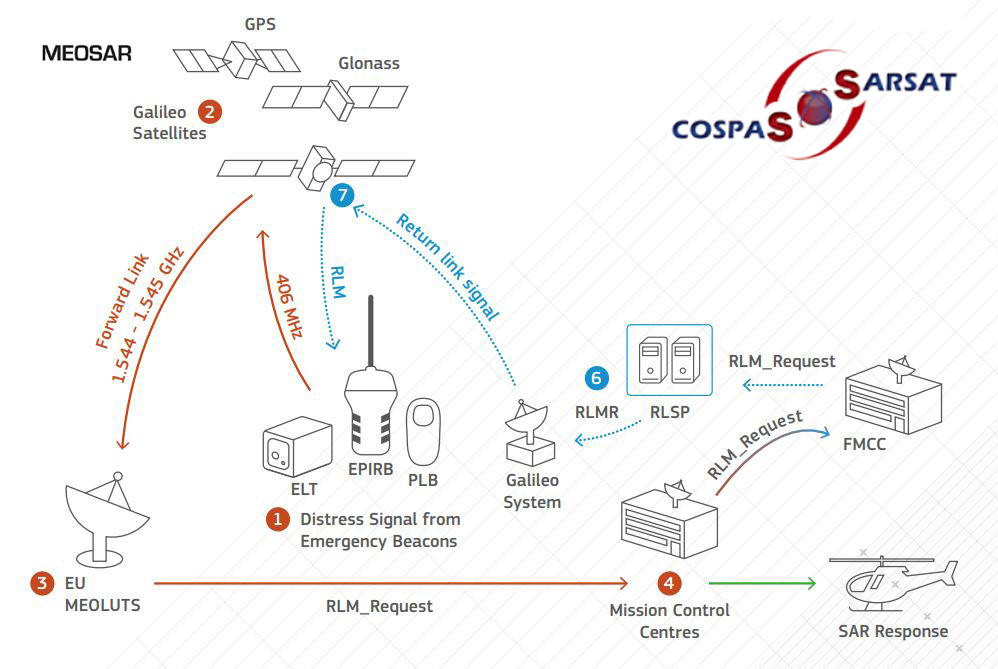
The next leap: Second-Generation Beacons (SGBs)
Now in development, Second-Generation Beacons represent the next major step in distress alerting. Defined by Cospas-Sarsat specification T.018, these devices are built from the ground up for MEOSAR operations.
Key features include:
- A new spread-spectrum message format on 406 MHz
- Exclusive compatibility with MEOSAR, ensuring future-proof operation
- Built-in RLS support, providing confirmation to the user that their signal was received
- Faster detection, greater positional accuracy, and improved resilience
As of 2025, Second-Generation Beacons are still in prototype or limited deployment stages.
Companies such as Orolia have developed second-generation PLBs for military and research use, but commercial EPIRBs for maritime service have not yet been released.
Industry forecasts suggest that the first commercial releases may appear around 2026, signaling the beginning of the next era in GMDSS distress equipment.
Looking ahead: smart and hybrid beacons
The direction of development points toward intelligent, multi-communication beacons, capable of integrating various data channels and onboard systems. Future concepts include:
- Combining 406 MHz, AIS, and satellite broadband for enhanced connectivity
- Two-way data exchange with RCCs for situational updates
- Integration with shipboard sensors and monitoring systems
- Automated transmission of key details — crew count, vessel condition, updated positions
These advancements will transform distress beacons from simple transmitters into active components of a connected maritime safety network.
Why this shift matters for marine radio inspectors
For radio inspectors and GMDSS professionals, the evolution to SGBs brings both new capabilities and new responsibilities:
- Testing equipment: Many existing testers support only First-Generation Beacons. Future inspections will require instruments that can decode SGB message formats and verify RLS functionality.
- Updated procedures: Understanding MEOSAR architecture and SGB signal characteristics will be vital for performing accurate beacon tests and verifying compliance with Cospas-Sarsat standards.
- Advisory role: Inspectors who stay informed will guide ship operators effectively through the transition to new safety requirements.
Conclusion
The shift to Second-Generation Beacons marks a major milestone in the evolution of global maritime safety systems.
For marine radio inspectors and surveyors, preparing for this change means more than keeping up with new technology — it’s about ensuring the continued reliability of GMDSS distress alerting in the MEOSAR era.
By updating testing tools, understanding new beacon standards, and staying ahead of regulatory developments, inspectors will not only remain compliant — they’ll help define the next chapter of maritime safety.
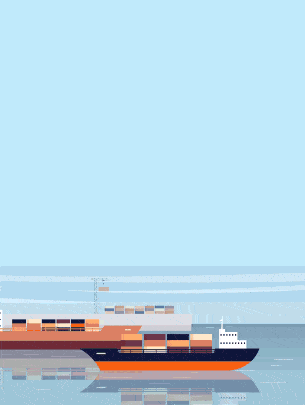

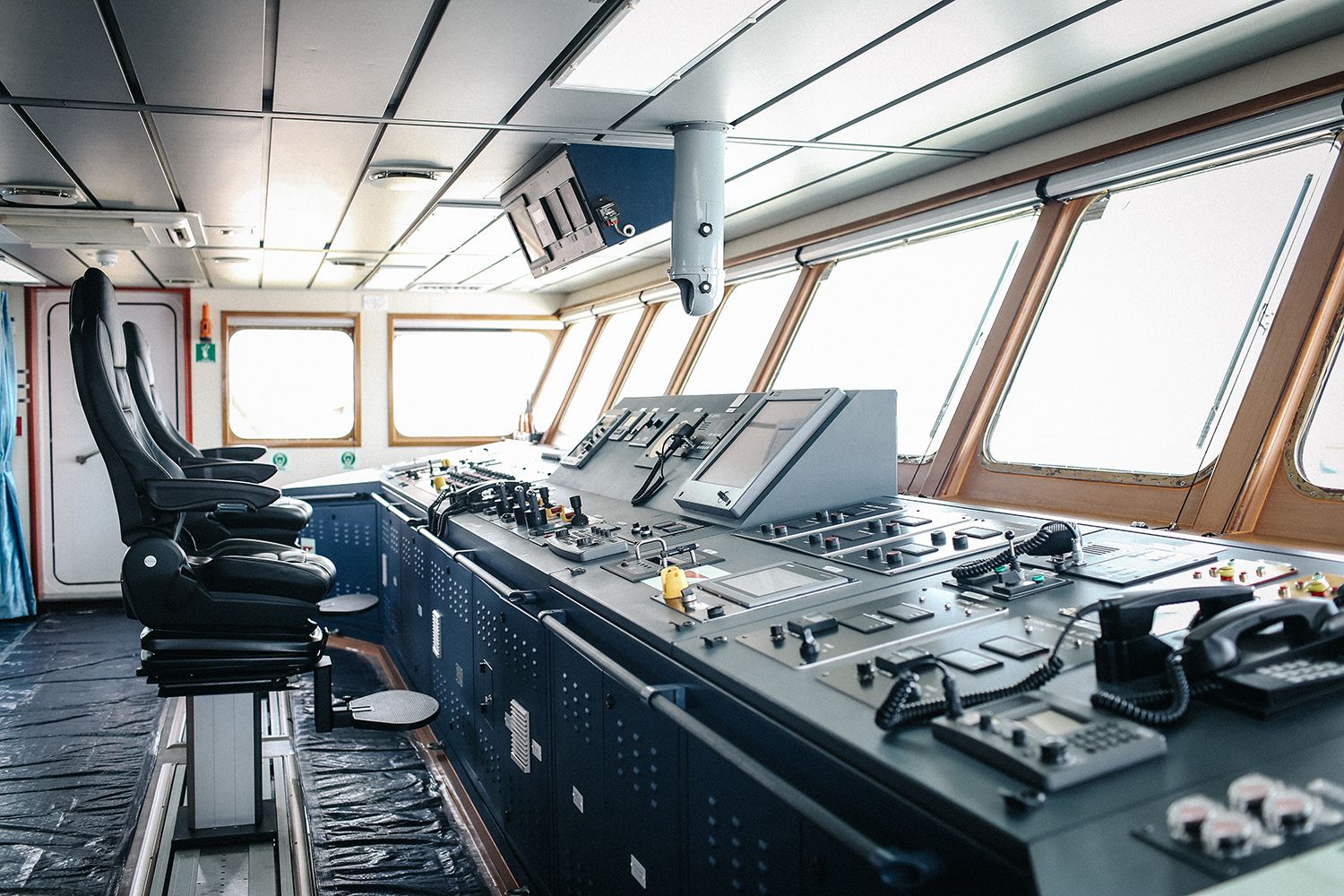
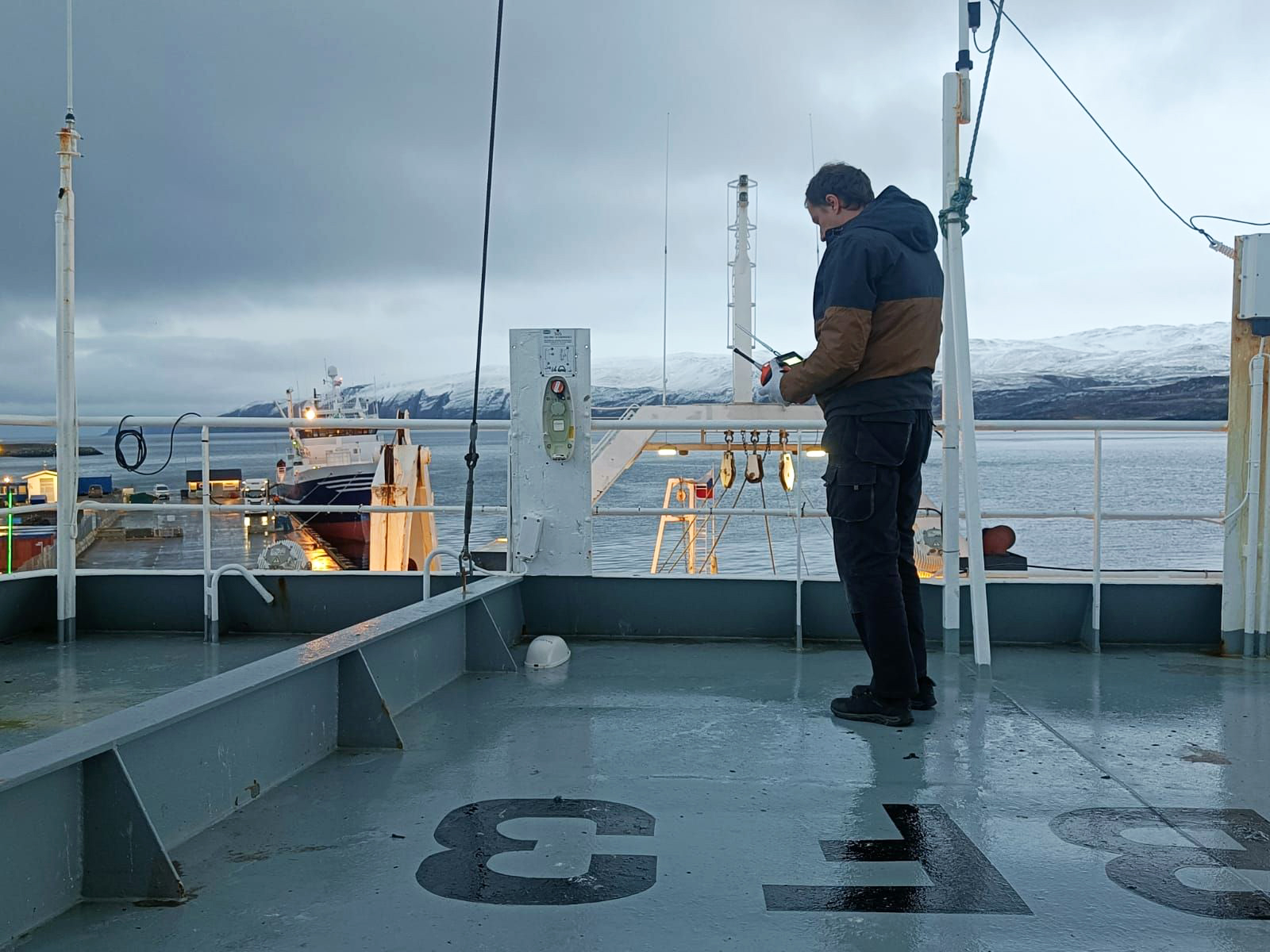

Be the first to comment